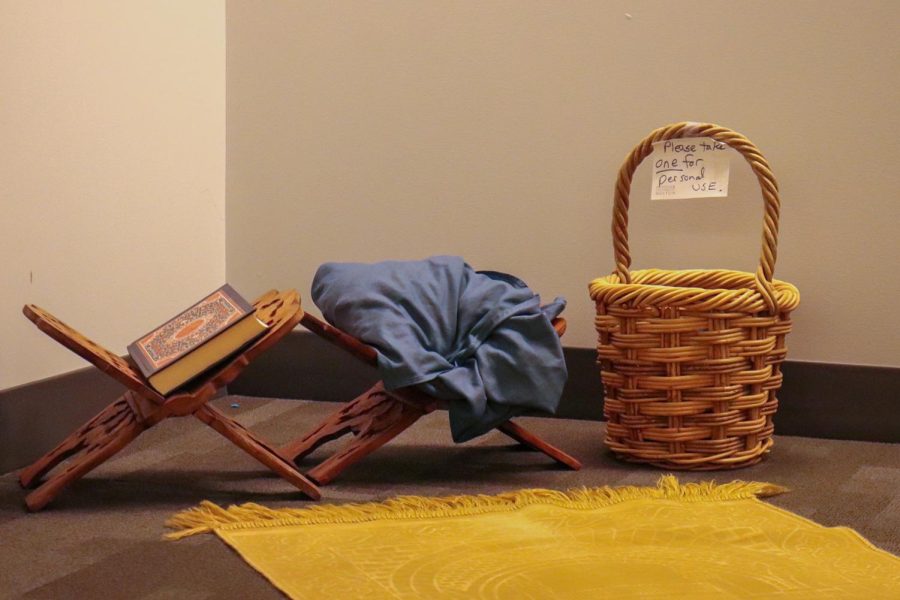Gareth Jones Journal Staff + Jonette Glass Journal Contributor
Gareth Jones
The United States is often accused of acting on imperialistic tendencies, and over-involving themselves in places that some people believe they have no right to be. What people do not usually mention when discussing this is the fact that the United States pays for the privilege. Depending on how you classify “foreign aid,” anywhere from $15 to $50 billion has been used by the United States in the form of aid to other countries.
Direct foreign aid, which is essentially free money, was around $20 billion in 2011, and another $30-40 billion left the country in the form of preferred customer discounts on American made products, particularly in the military industry. Now, further consider just who is getting this aid. The top two recipients, splitting about $7 billion between them were Afghanistan and Pakistan. In a close third, getting a cool $3 billion all to herself is Israel, not counting the military deals, discounts, and donations. Next comes Egypt at $1.5 billion, and then a smattering of African nations splitting another $5 billion.
The argument has been made that the United States could put the money to better use elsewhere, especially considering the current turbulence in the financial sector, and the horrific public debt levels currently plaguing the American economy. I have even heard the sentiment that cutting this “frugal spending” would solve the current debt crisis entirely. Is this true, or even close to it? Not at all.
Not only does the United States get much of what is spends in foreign aid back in the form of preferential oil deals, cooperation with the war on terror, and other such political-economic favors, but the amount of money we spend compared to the amount of money we owe makes foreign aid look like the period on the end of this sentence, compared to the black ink covering this page.
Let us suppose, for the sake of argument, that for the year 2013, the United States cuts off all foreign aid to all nations of the world, and puts that money in a bank. Ignoring the millions of people whose health will be immediately and drastically affected by this move, lets look at a quick cost-benefit analysis. For the sake of argument, lets take the average of what the Senate, Congress, and the Obama administration have each proposed as foreign aid in the 2013 budget and call it $38 billion, or about .90 percent of our projected GDP for next year. Now, the going interest rates on most money market accounts at most private banks are around one percent.
For arguments sake, lets suppose the US invests all $38 billion in Spanish ten-year bonds, which currently get about five percent interest. In ten years, when we collect that money, we will be sitting on about $1.5 billion in interest per year. When compared to the $15 trillion that we currently owe, not such a big difference at all, is it? And further considering the benefits foreign aid buys us in oil especially, I am willing to let the African health clinics hang around now and focus on paying my own student loans now instead of a brand new car next year. Maybe if more Americans took my humble approach to loan payments, we would start turning our debt around without having to start cutting funding in places where lives depend on it.
_______________________________
Jonette Glass
$30 billion per year would be an awesome payout to any non-profit or charity in the United States. While this money did go to several charitable causes, they were not charities here in the U.S.
In 2011, the United States government footed a $30 million bill in foreign aid allotted to several struggling countries across the Middle East, Africa, Asia and more. This year, the bill has escalated to $50 billion, making the United States the most generous country in regard to foreign aid donations once again.
While any charitable work is work that should be praised, I do believe that there needs to be a transparent and efficient way to decide how much money our government will continue to allot to other countries. Let’s face it, America has a tendency to “not know when to say when,” when it comes to foreign affairs. Of course we want to show the nobility of America and its desire to help other countries to build and strengthen their economy, especially countries with goodies that we want.
But seriously, who is keeping track of what happens to the cash when it changes hands and who is making sure Americans know that their hard-earned money is not being thrown into some random black hole of any cause? According to reports by the Huffington Post, more than half of the top 10 countries receiving fiscal and military help from the U.S are located in the Middle East.
In response to these concerns, this past November the President has begun working on revamping the USAID through discussing ways to develop a more dynamic, straight-forward agenda, and guide lines. So far this project, along with the role the USAID will play in its own re-formatting, is still under construction.
Providing aid to other countries helps to establish the US a powerful entity, as a strong ally and it also helps combat the stereotype of America being the big, bad, secular, and self-serving imperialists that some countries abroad think we are.
Overall, I think collaboration is key. There is no way the U.S could reach the level it is in today without participating in a lot of give and take. The ability of the U.S to build strong and lasting partnerships across the globe has been an important factor in the success of the American economy and even some military aspects. There is no doubt that giving a struggling country a leg up is indeed a good showing of leadership, I just think it needs to be done very carefully, very transparently, and an evaluation of the outcome of that aid should be displayed, in depth, clearly, and accurately to our public.












